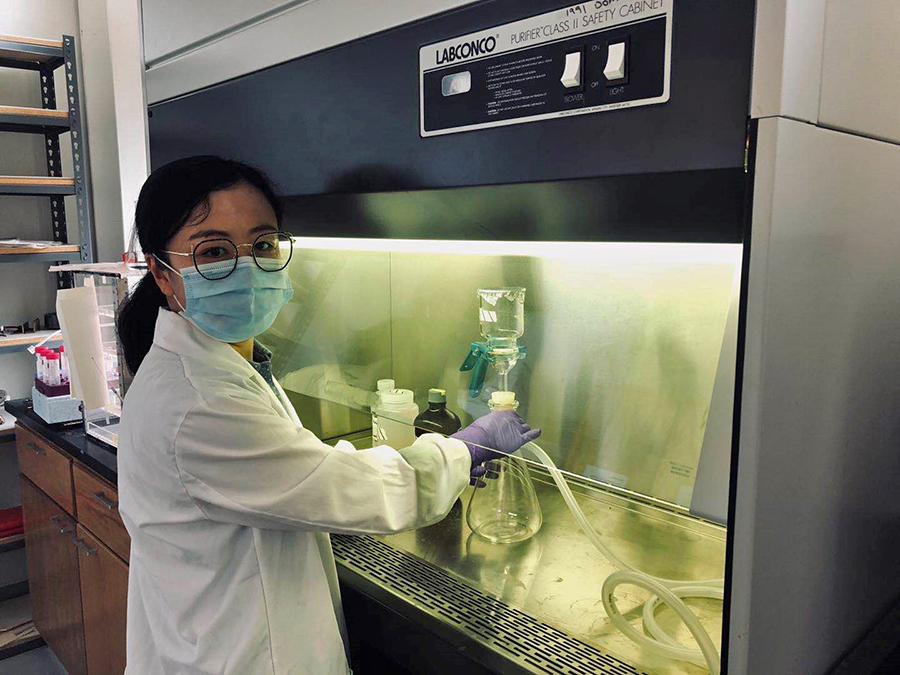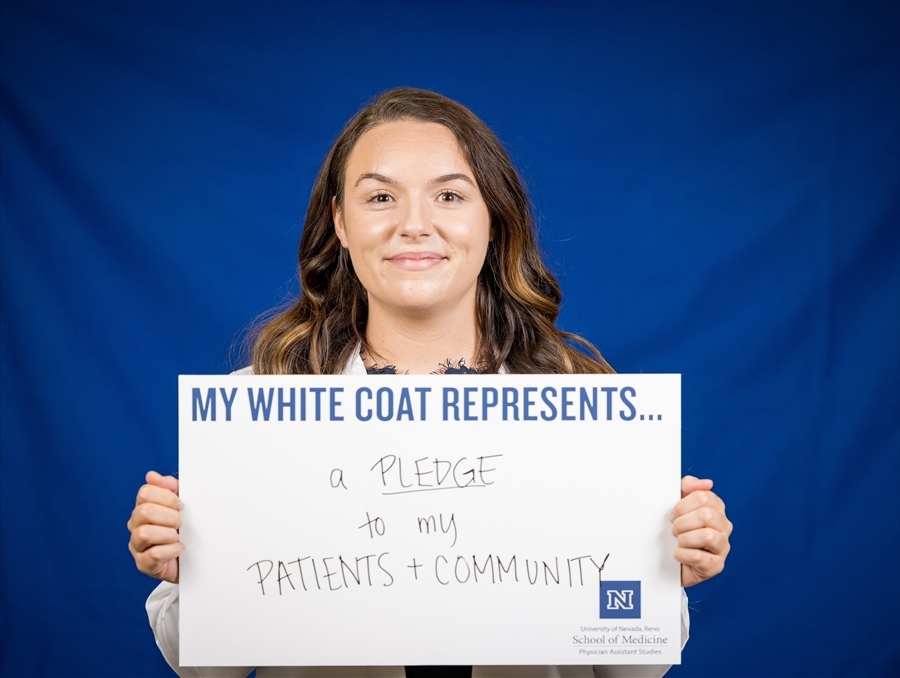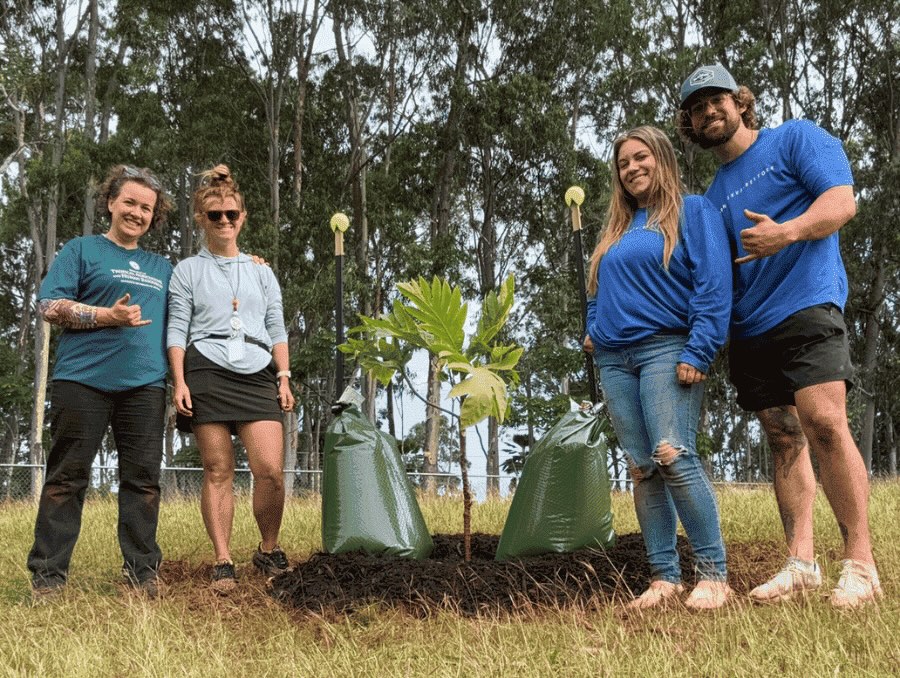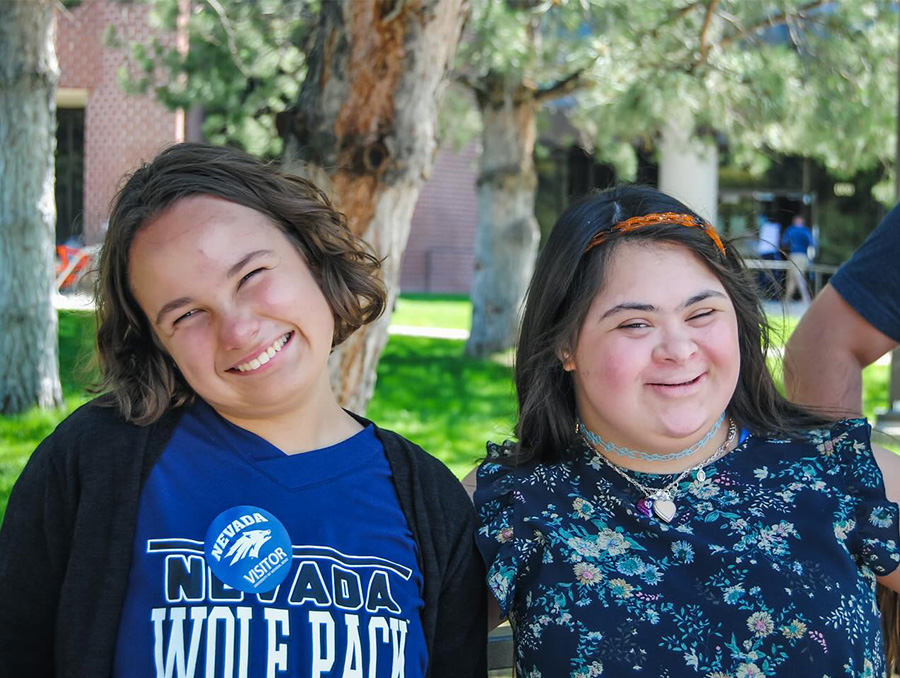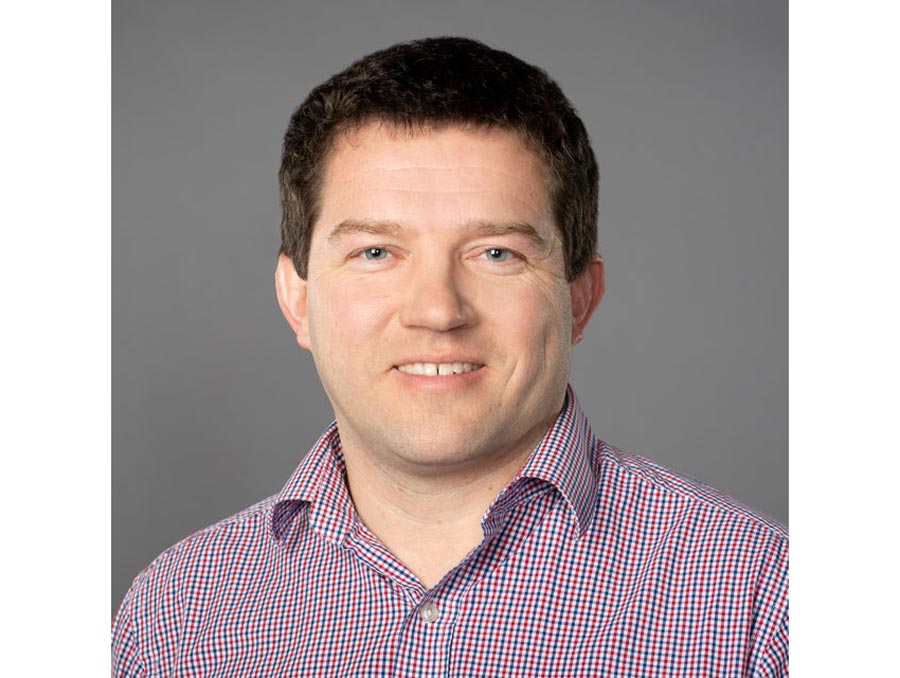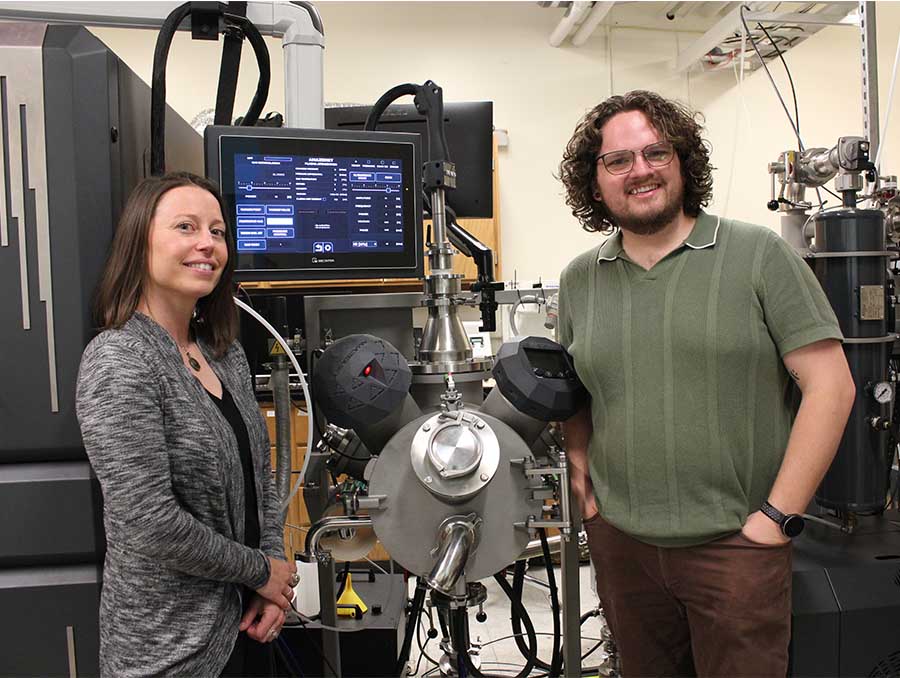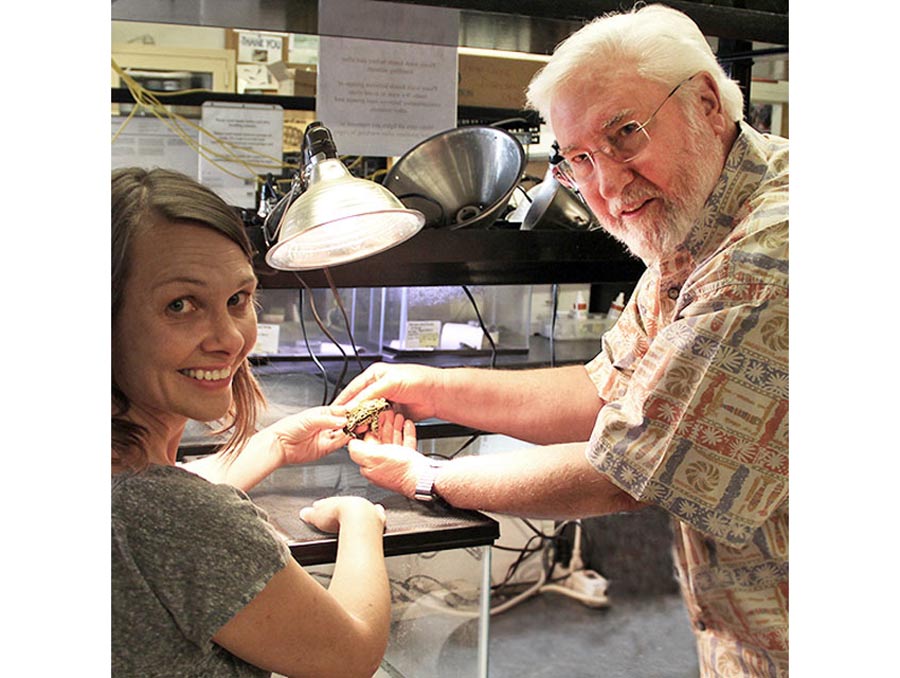The Nevada Water Innovation Institute based in the College of Engineering, along with regional agency partners, is monitoring Truckee Meadows wastewater to determine the level of COVID-19 in the community and develop a predictive tool for COVID-19 management in the future.
“My research group has been collecting wastewater samples since May at the three water reclamation facilities in the region to measure the viral signatures (an inactive RNA fragment of the SARS-CoV-2 virus) of COVID-19 which allows us to determine the presence of COVID-19 in the community as well potentially tell us about community prevalence,” Krishna Pagilla, director or the Nevada Water Innovation Institute, who is leading the study, said.
This is an ongoing study in partnership with Washoe County Health District and Truckee Meadows Water Reclamation Facility that is operated by the City of Sparks. The project has just received a grant from the City of Sparks using CARES Act funds to expand this study and build capacity to do future work. The purpose of this future work is to develop predictive tools that can complement clinical testing and other human testing data in assessing the prevalence of COVID-19 in the community.
“Since the pandemic began, we have developed in-house capability at the University to do this study,” Pagilla said.
Lin Li, a post-doctoral scholar in Pagilla’s research group is an expert in biomolecular testing and has developed the method using the existing qPCR system (a technology used to measure DNA) in the lab.
“The main goal of this research is to conduct environmental surveillance of wastewater at the water reclamation facilities and in the collection systems by monitoring of SARS-COV-2 marker during the pandemic in the Truckee Meadows region,” Pagilla said. “This complements human testing, which is limited right now.”
Looking for SARS-CoV-2 concentrations, the University has been collecting weekly samples since June and also analyzing archived samples since April that the wastewater plants collected for the project.
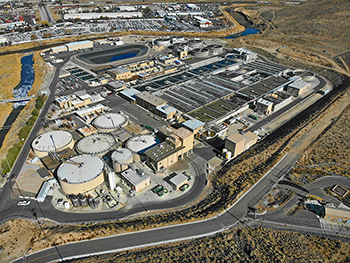
The Sparks facility receives and treats wastewater from the majority of the Truckee Meadows and thus is the best location to evaluate what is happening on a community level.
“It is possible the cases of active infection are much higher than the identified number of positive cases because many people with mild symptoms, or who are asymptomatic, may not choose to be tested,” Pagilla said.”
The data shows that the SARS-CoV-2 levels in the wastewater have been relatively constant since early June. While the clinical data from Washoe County Health District shows that the number of positive cases increased significantly from June to July, the Seroprevalence study conducted by the Health District and the University through June 10 found the same constant levels as the environmental study’s preliminary data analysis.
“It is possible that the number of people who chose to be tested in June were inadequate to reflect the actual cases in June,” Pagilla said. “When complete, our analysis, combined with Washoe County Health District data, may make it more clear.”
The research team is developing plans to expand sampling and survey to collection systems of the region including hot spots and high density occupancy facilities. Sampling duration could last throughout the COVID-19 pandemic and likely to continue for at least one year. Sample sites at each plant will include raw sewage and the finished effluent and at sewer holes within the collection systems.
“We have initiated a data collection campaign including sampling at three water resource reclamation facilities in the Truckee Meadows region: Truckee Meadows WRF, South Truckee Meadows Water Reclamation Facility and Reno-Stead Water Reclamation Facility since mid-April, 2020,” Pagilla said.
“While TMWRF has been treating wastewater for the community since 1966, being part of a proactive effort to improve our understanding of public health is new to us,” Michael Drinkwater, manager of the Sparks facility said. “We are very happy to be able to contribute to this effort in addressing the COVID-19 pandemic.”
This field of study is known as Wastewater Based Epidemiology and is being looked into by many cities around the world to determine COVID-19 prevalence in the absence of extensive clinical testing of humans. The purpose of this future work is to develop predictive tools that can complement clinical testing and other human testing data in assessing the prevalence of COVID-19 in the community.
Monitoring of sewage or other environmental media (air, soil, and water) has been an important method to determine community prevalence of disease due to disease-causing pathogens by measuring certain molecular markers of their DNA/RNA, and is known as environmental surveillance.
The modeling tools for the Truckee Meadows will include the COVID-19 epidemiological testing data from local health agencies with the intent of developing a predictive ability for incidences of increase or decrease in COVID-19. These tools could be useful to help the decision makers in development of management actions to deal with the pandemic in the region.
The partners are assembling a multidisciplinary project team to conduct future work and develop tools to manage the disease and provide an early warning system. This multidisciplinary team will plan, conduct, model and develop predictive tools for community prevalence of COVID-19 using environmental surveillance of wastewater.
